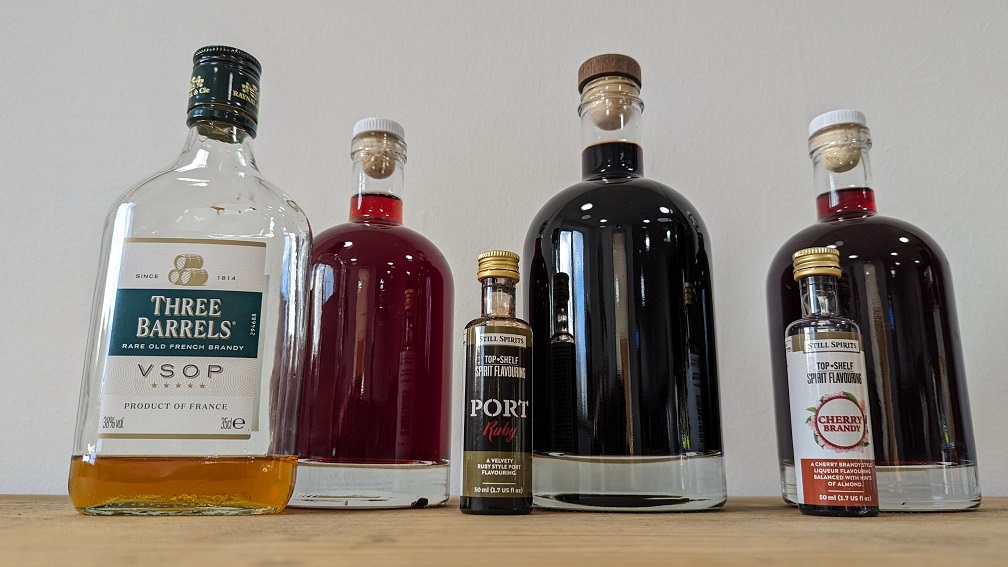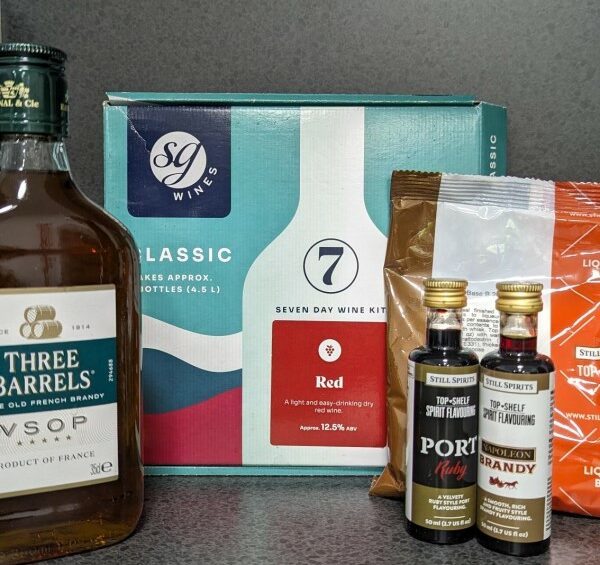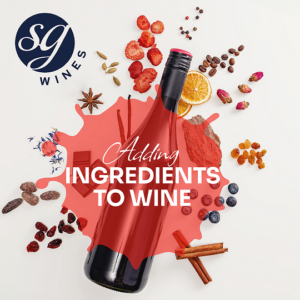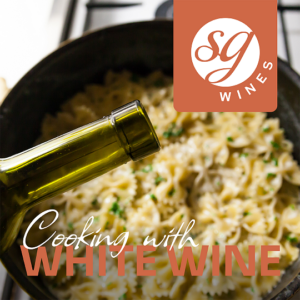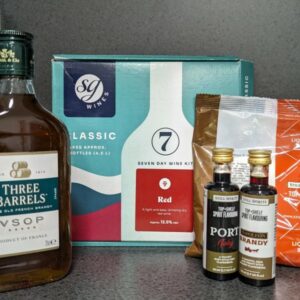What is fortified wine?
Put simply, a fortified wine is one that has been strengthened (fortified) by adding spirit to it during, or after fermentation. The spirit increases the wine’s ABV, and stabilises the wine. Doing this during fermentation arrests the fermentation process, leaving residual sugars unfermented, making the finished product slightly sweet. Popular fortified wines include Port and Sherry.
Fortifying wine is new to us at SG Wines, so we’ll be running some trials to find the best method. We’ll be attempting to fortify a Classic Red to make a port-style wine. We’ve teamed up with our friends at Still Spirits, experts in crafting spirits at home, to help with some of the ingredients.
Commercially, port wine is made by adding brandy to red wine during fermentation when the sugar percentage is around 6%, however, we’re opting for the simpler method of making the wine first and back-sweetening the finished product. This allows us to fortify one bottle at a time using the 3 methods below.
First, we had to make the Classic Red wine. We followed the instructions and bottled the wine after just 7 days. We proceeded to fortify the wine right away, but you might consider leaving the wine for a few weeks to improve first, if you have time.
Method 1 – Using Store Bought Brandy
For this method, we bought a 350 ml VSOP Brandy at 38% ABV from the supermarket.
As we’re aiming to make our port at 20% ABV, and with the Classic Red fermenting out to 12.5% ABV, we’re adding just over 300 ml of our brandy to one 750 ml bottle of wine, making just over 1 L port to achieve the 20% ABV target.
We then mixed in 75 g dextrose sugar (you could use standard granulated sugar if you prefer) to back sweeten our port style wine and bottled 2 x 500 ml bottles.
Tip – you can use this helpful calculator to work out how much spirit you’ll need.
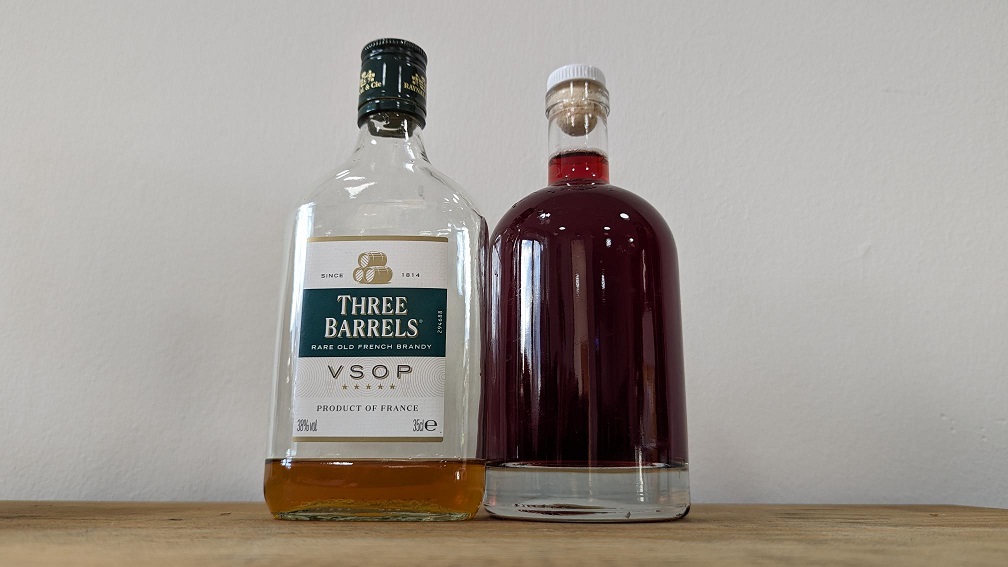
Method 2 – Making Brandy First
This method is the same as above, but instead of buying the brandy, we’re making it!
‘Making’ might be a stretch – we’re using brandy flavouring from Still Spirits. There are lots of brandy flavours available, but we’ve chosen their Top Shelf Cherry Brandy to add a variety of flavour to the experiment. Mix this with 650 ml vodka at 40% ABV and a pack of Liqueur Base A, following the instructions on the label to make 1.125 L cherry brandy liqueur.
We then mixed one 750 ml bottle of wine with 400 ml of the cherry brandy. As the brandy is already sweet, there’s no need to back-sweeten.
With just over 1 L of port (with a cherry twist), we bottled 2 x 500 ml bottles.
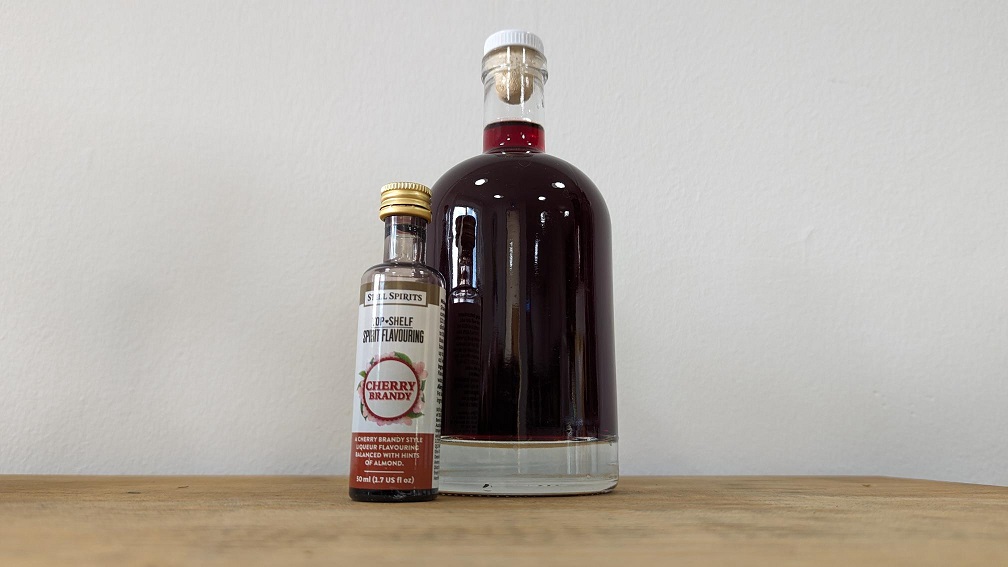
Method 3 – Using Port Flavouring
The Still Spirits Top Shelf range includes Ruby Port flavouring, so we decided to give that a go too.
You simply dissolve Liqueur Base B into 750 ml of your red wine, add the Ruby Port flavouring and 770 ml vodka at 40% ABV, top up to 2.25 L with water and mix. This makes 3 x 750 ml bottles of port.
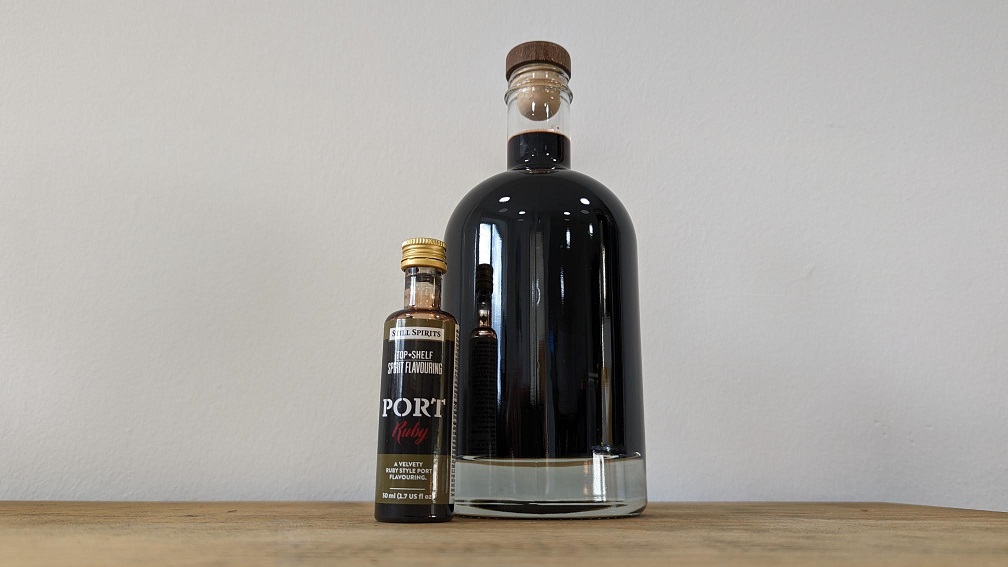
Tasting Results
We asked 8 of our SG Wines colleagues to taste all 3 port-style wines, and to pick which one is closest to port, as well as their favourite, and general comments.
We received mostly positive results for each port and all styles were favoured by at least one of the panel, which suggests a successful experiment all round!
The overall favourite was the port made with cherry brandy (method 2), although this was possibly due to it not being as strong as the others and closer to a liqueur than a fortified wine, but still a good result.
The port flavouring method (method 3) was deemed the most authentic port, with the best mouthfeel and well-rounded flavour, although it divided opinion the most, with scores ranging from 3 to 8 out of 10.
The store-bought brandy port (method 1) was generally considered quite strong, so we might have overdone the brandy slightly. This method offers the most room for experimentation though, so you could easily add the brandy in increments until it reaches your desired taste.
With all methods you may want to play around with other adjuncts, such as aging the wine or finished port on oak chips for 3-4 weeks to give it a more rounded flavour. You could also add more or less of the Liqueur Base or sugar, for a sweeter or dryer wine, or try a different brandy flavour from the Still Spirits range.
You could also try fortifying a different variety of wine from our Gold or Platinum ranges.
However you choose to fortify your wine, we’re confident you’ll create a port worth sharing (or keeping to yourself!) with SG Wines this Christmas. If you decide to give it a go, let us know how it went in the comments. Cheers!
